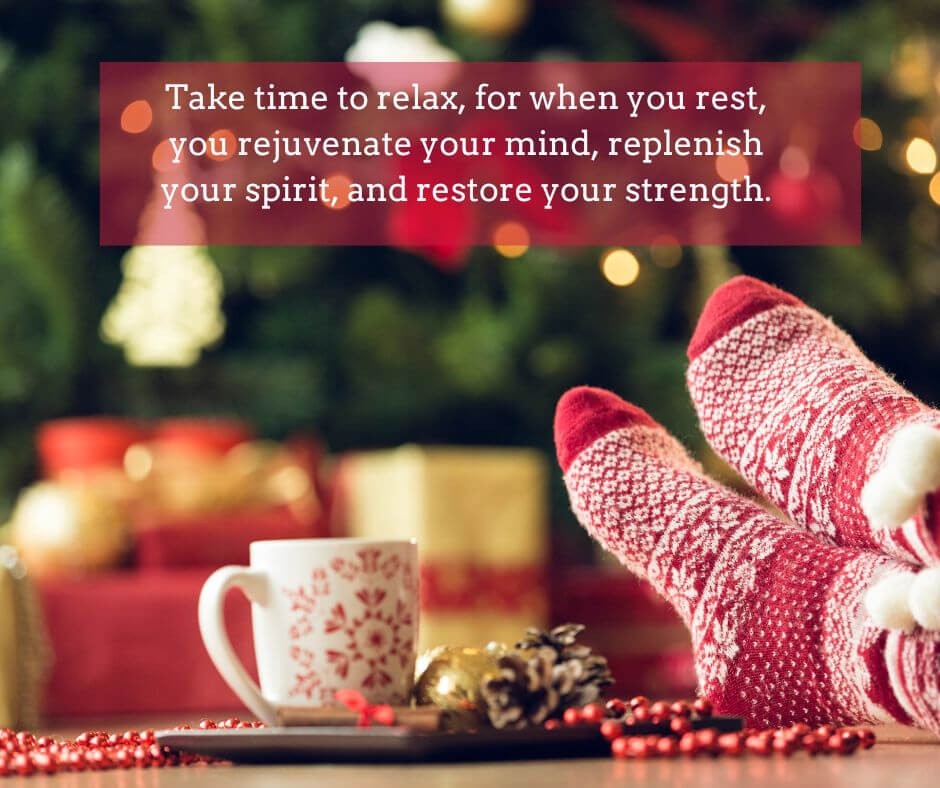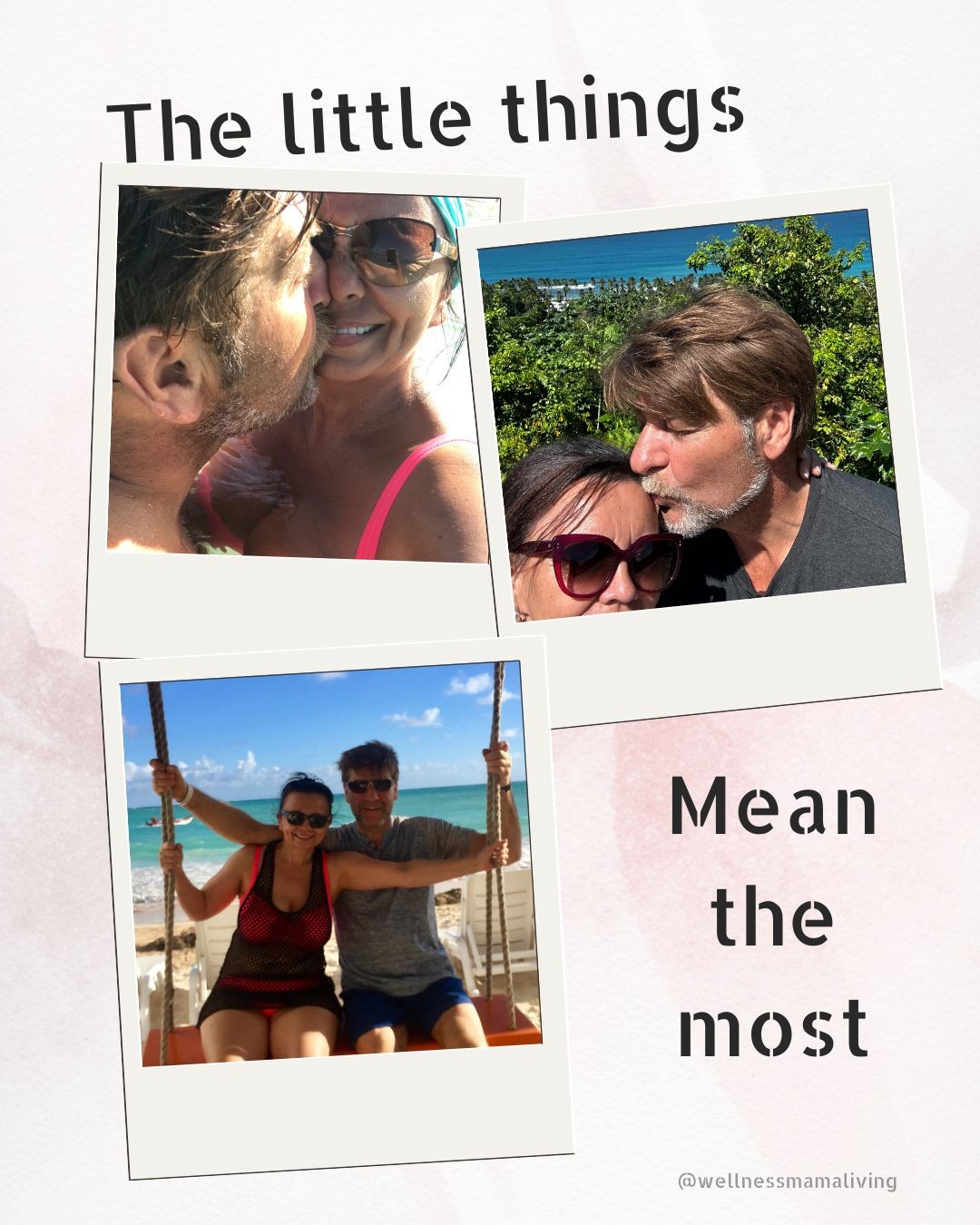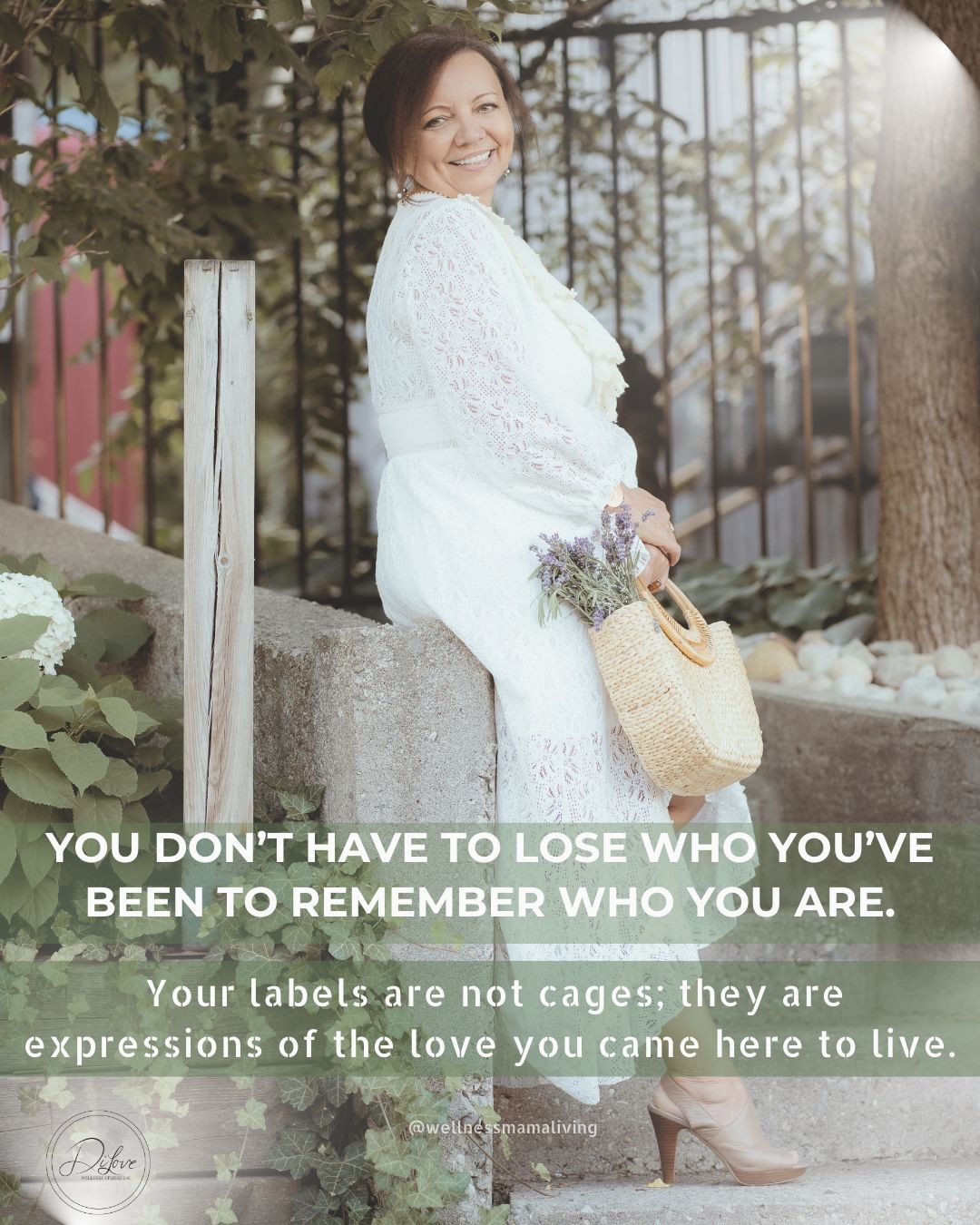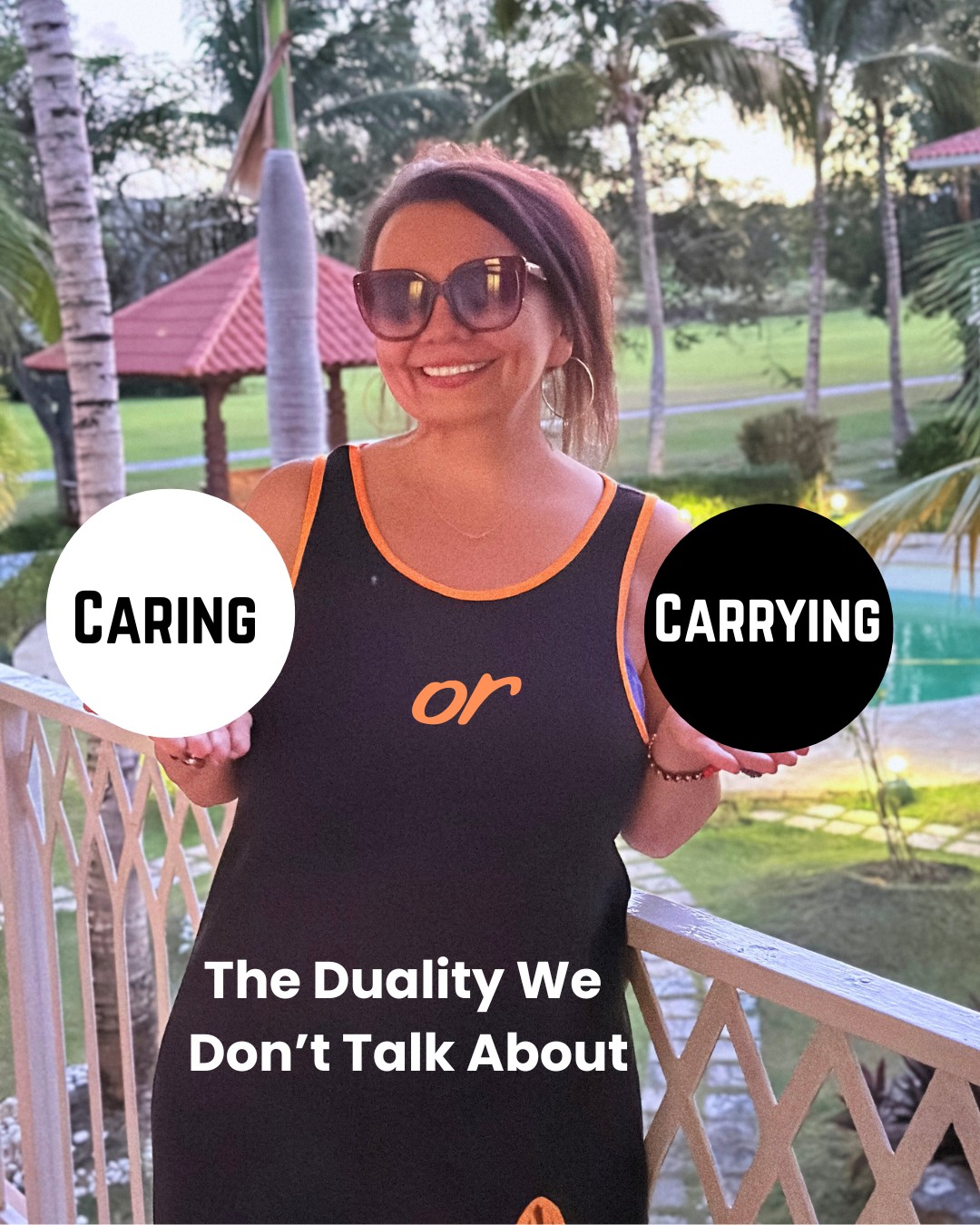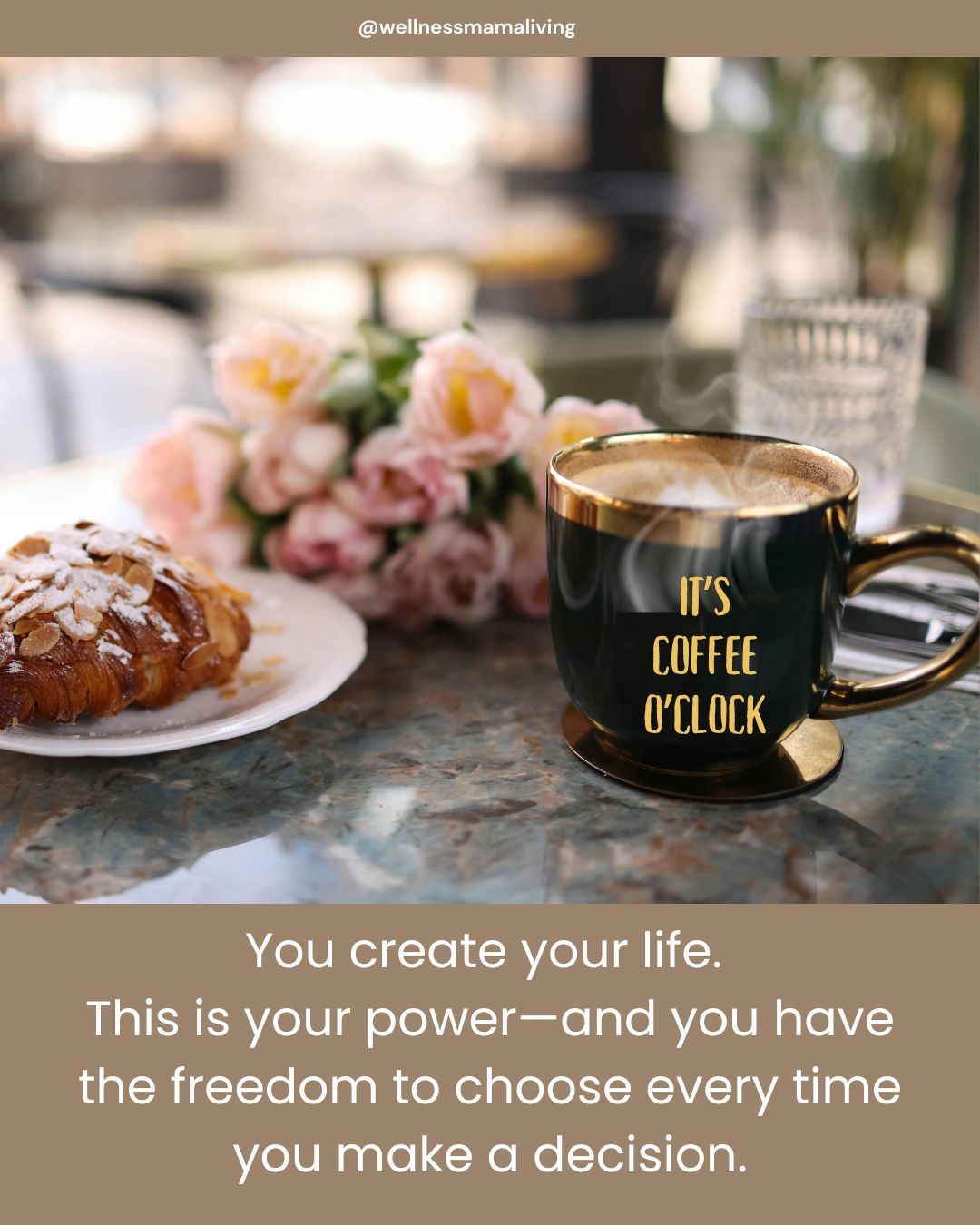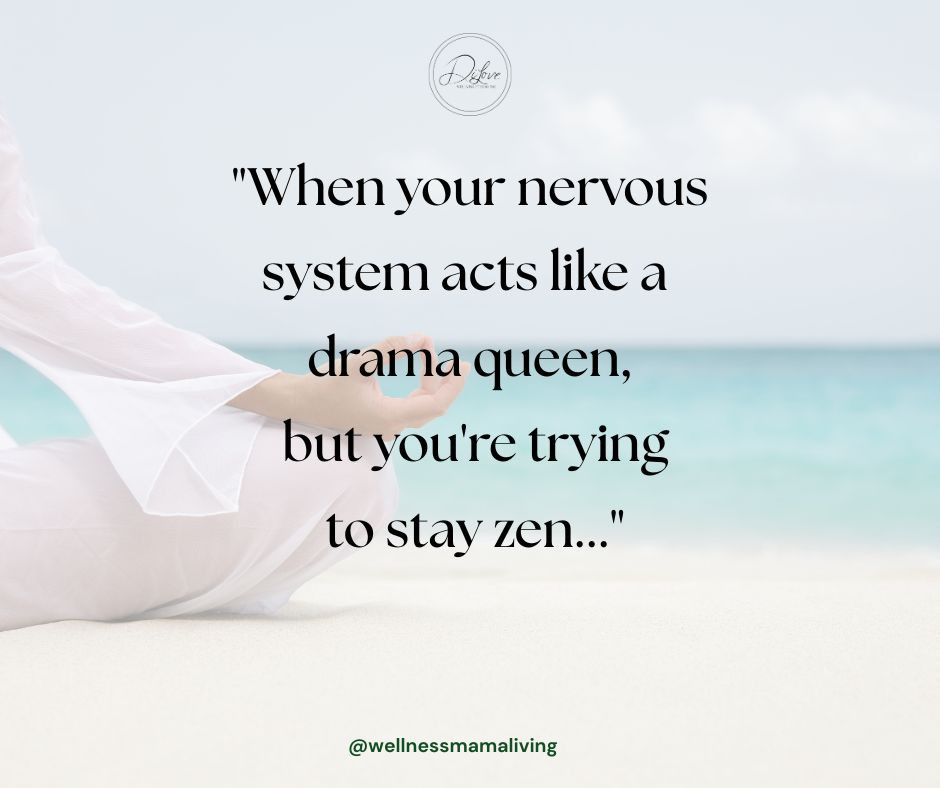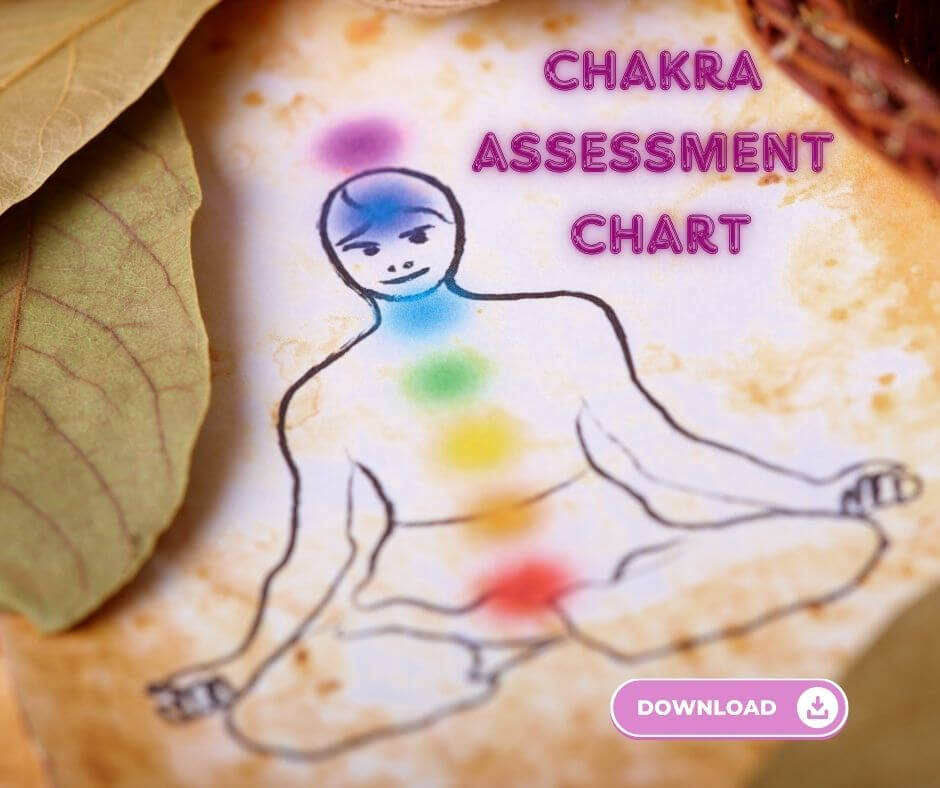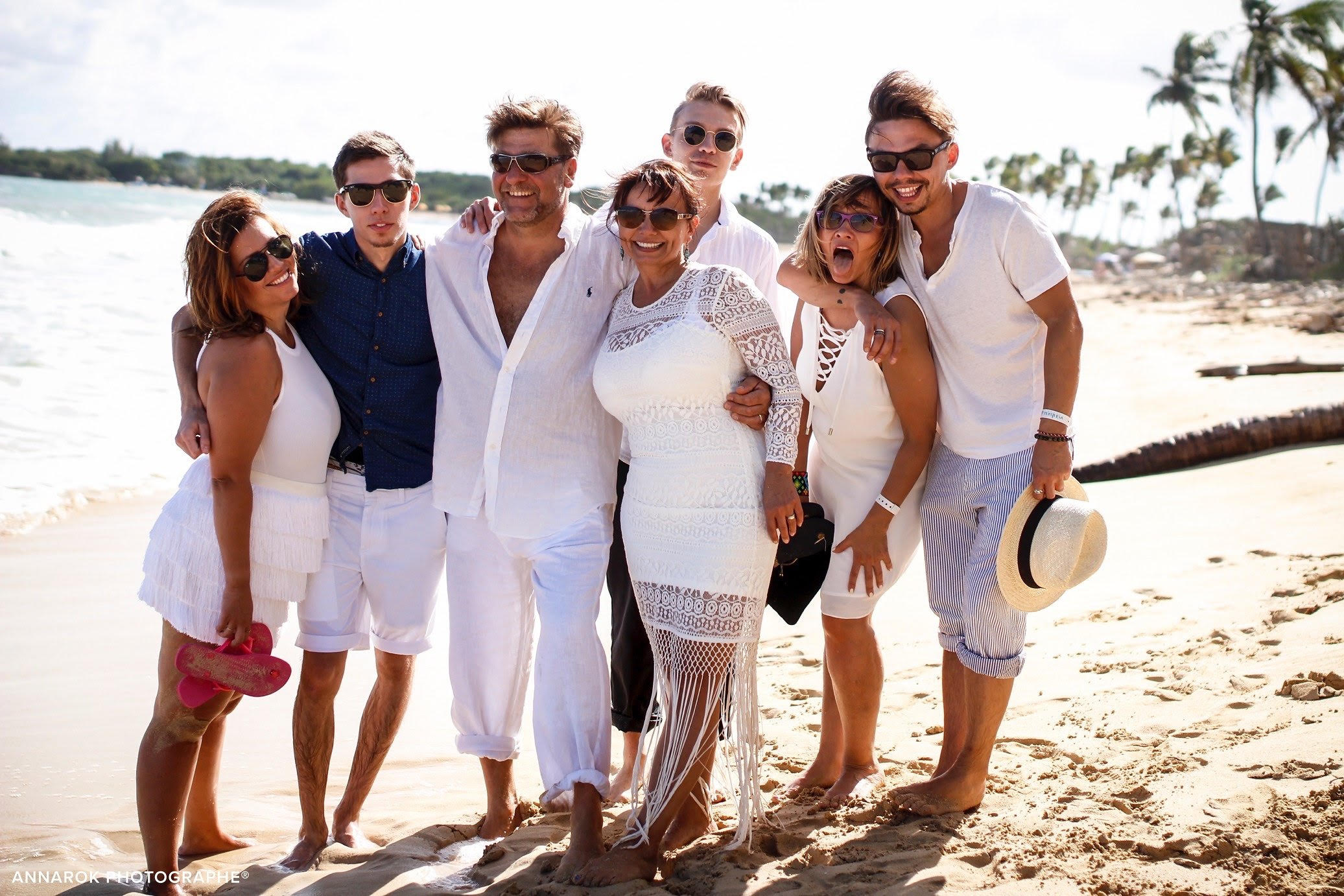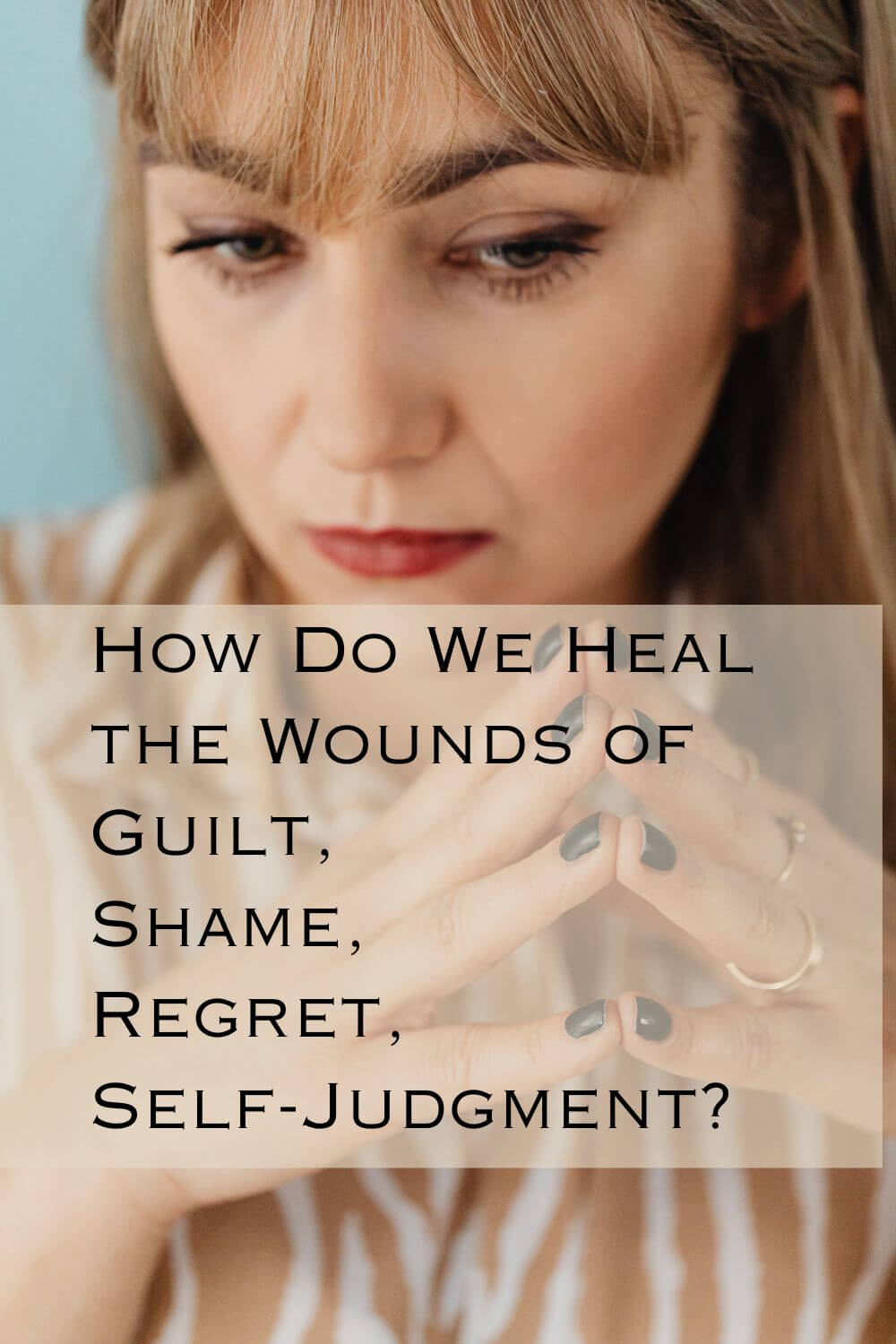 The other day, while flipping through an old journal, I stumbled upon an entry that took me back to a particularly painful chapter of my life. It was filled with self-criticism, regret, and a deep sense of guilt and shame. Reading those words was like peering into a mirror that reflected my worst fears and insecurities. I remembered the heavy burden I carried, and how it felt like I'd never be free from the shadows of my past mistakes. But here I am today, on the other side of that journey, ready to share how we can heal these deep wounds.
The other day, while flipping through an old journal, I stumbled upon an entry that took me back to a particularly painful chapter of my life. It was filled with self-criticism, regret, and a deep sense of guilt and shame. Reading those words was like peering into a mirror that reflected my worst fears and insecurities. I remembered the heavy burden I carried, and how it felt like I'd never be free from the shadows of my past mistakes. But here I am today, on the other side of that journey, ready to share how we can heal these deep wounds.The First Step: Acknowledging the Pain
Years ago, I met Ana at a personal growth seminar. She was radiant, but beneath her bright smile, she carried a hidden weight. One evening, over coffee, she confided in me about her struggles with shame, guilt, and regret from a past relationship that had ended catastrophically. "I keep replaying everything I did wrong," she said, tears welling up in her eyes. Her story resonated deeply with me because I too had been there, trapped in an endless loop of self-judgment.
The first step in healing, I realized, is to acknowledge our feelings. Ana’s breakthrough began when she allowed herself to truly feel and name her emotions. She stopped running from her pain and instead sat with it, recognizing its presence in her life.
Understanding the Source
For Ana, and for many of us, our guilt, shame, and regret are often rooted in core beliefs formed in childhood. Perhaps a critical parent, a harsh teacher, religious rules and laws, or even societal pressures planted the seeds of self-doubt, constant guilt, and unworthiness. I asked Ana to reflect on her earliest memories of feeling inadequate, and she recalled an incident in second grade where her teacher had publicly criticized her for a minor mistake.
By identifying the source, Ana began to see that her intense self-criticism wasn’t entirely about her failed relationship. It was a pattern that had repeated throughout her life. This understanding was crucial—it allowed her to separate her true self from the negative beliefs she had internalized.
Practicing Self-Compassion
One of the most powerful tools in healing is self-compassion. When I first started my journey, I struggled with this concept. It felt awkward and unearned. But then, I came across a quote by Buddha: "You, yourself, as much as anybody in the entire universe, deserve your love and affection."
Ana and I decided to try an exercise together. We wrote letters to ourselves, as if we were our own best friends. In these letters, we acknowledged our pain, forgave ourselves for our perceived failings, and offered words of kindness and support. Reading my letter back to myself was a transformative experience. It softened the harsh edges of my self-judgment and allowed a glimmer of self-love to emerge.
Challenging Negative Thoughts
Negative thoughts can be incredibly persuasive, convincing us of our worst fears about ourselves. Ana used to think, "I am a failure," every time she thought about her past relationship. Together, we practiced cognitive restructuring. This involved identifying those negative thoughts and challenging their validity.
“Am I really a failure, or did I just make mistakes?” Ana began to ask herself. She started to see that her thoughts were not facts but interpretations colored by her pain. By reframing these thoughts, she slowly dismantled the fortress of self-judgment she had built.
The Power of Forgiveness
Forgiving ourselves can be the hardest step, but it is essential. Ana once told me about a forgiveness ritual she learned from a mentor. She wrote down everything she regretted on slips of paper, then read each one aloud before burning them. As the paper turned to ash, she felt a weight lift off her shoulders.
Forgiveness doesn’t mean forgetting or excusing our actions. It means accepting that we are imperfect beings who can learn and grow from our mistakes. Through forgiveness, we reclaim our power and open the door to healing.
Embracing a Holistic Approach
A fulfilling life is a tapestry woven from various threads: positive thinking, empowering beliefs, and constructive habits. Each element supports and enhances the others. For Ana and me, incorporating mindfulness practices, regular exercise, and self-care routines played a significant role in our healing.
We discovered that our mental and physical states are interconnected, and nurturing one aspect of ourselves positively impacts the whole. As Ana continued her journey, she noticed a shift in how she perceived and reacted to life’s challenges. She no longer viewed setbacks as reflections of her worth but as opportunities for growth.
A New Beginning
Today, Ana’s smile is brighter and more genuine, not because she has erased her past but because she has embraced it. She has transformed her shame, regret, guilt, and self-judgment into sources of strength and wisdom. Her story, like mine, is a testament to the resilience of the human spirit.
Healing is not a destination but a continuous journey. It requires patience, persistence, and an open heart. If you are carrying the weight of shame, regret, guilt, and self-judgment, know that you are not alone. Acknowledge your pain, understand its roots, practice self-compassion, challenge negative thoughts, forgive yourself, seek support, and embrace a holistic approach to well-being.
Remember, the journey to healing begins with a single step. Take that step today, and little by little, you will find your way to a place of peace and self-love.
Stay tuned for more insights and stories of transformation. Together, we can heal and thrive.
Xoxo
Urszula


